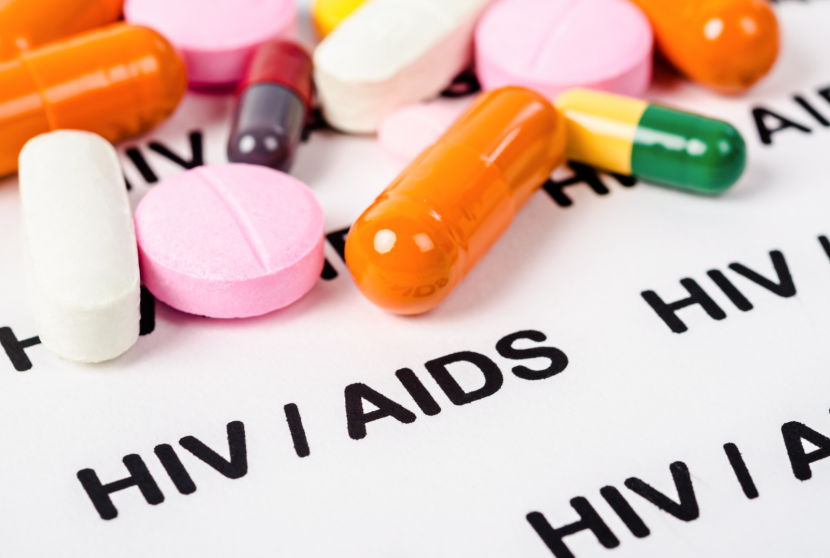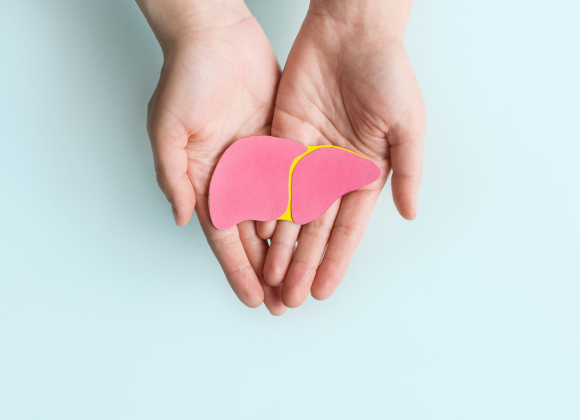“HIV is no longer a death sentence. With the right care, it’s a chronic condition that can be managed.”
— Anthony Fauci, M.D.
When AIDS (Acquired Immunodeficiency Syndrome) was first identified in the early 1980s, a diagnosis often meant a drastically shortened lifespan. Fast-forward to today, and thanks to advancements in medicine, people with HIV—the virus that causes AIDS—can live long, healthy lives. But how long can someone live with AIDS? The answer depends on several factors, including the timing of virus detection, the initiation of treatment, and the individual’s adherence to therapy.
Let’s dive deep into life expectancy, available treatments, and what modern medicine means for someone diagnosed with AIDS.
Understanding AIDS: What Happens When HIV Advances

HIV (Human Immunodeficiency Virus) targets the immune system, particularly CD4 cells (T cells), which are essential for fighting off infections. Over time, if untreated, HIV reduces these cells to dangerously low levels, leading to the progression to AIDS, the most advanced stage of HIV infection.
According to the World Health Organization (WHO), AIDS is diagnosed when the CD4 count falls below 200 cells/mm³ or when a person develops certain opportunistic infections.
Life Expectancy With AIDS: Then vs. Now
In the past, before antiretroviral therapy (ART) was available in the mid-1990s, people diagnosed with AIDS often had a life expectancy of just 1 to 2 years. The immune system would become so weak that infections like pneumonia, tuberculosis, or rare cancers could be fatal. Today, things have changed dramatically. With ART, people living with HIV—even those who develop AIDS—can live much longer. If treatment is started early and taken consistently, many can live nearly as long as those without HIV. ART helps rebuild the immune system and prevents serious complications.
Key Factors Influencing Life Expectancy
- Early Diagnosis and Treatment: The sooner HIV is detected and ART begins, the better the outcome, even if a person already has AIDS.
- Adherence to ART: Skipping doses can lead to drug resistance and reduced treatment effectiveness.
- Overall Health and Lifestyle: A healthy diet, avoiding smoking and drug use, managing co-infections (such as hepatitis B or tuberculosis), and regular doctor visits all contribute to long-term survival.
- Access to Healthcare: Having consistent access to medication, counseling, and regular monitoring is crucial.
For more information on how ART works, visit the National Institutes of Health (NIH) HIV Treatment Guide.
Can AIDS Be Reversed?
While there’s currently no cure for HIV or AIDS, AIDS can be managed and even partially reversed in terms of immune recovery. With continued antiretroviral treatment, many individuals can regain higher CD4 cell counts and reduce their viral load to undetectable levels. This means:
- Fewer infections
- A stronger immune system
- Significantly extended life expectancy
- Improved quality of life
Antiretroviral Therapy (ART): The Game-Changer
ART is a combination of medications taken daily to control HIV. It reduces the viral load to undetectable levels, which helps restore the immune system. People who achieve and maintain an undetectable viral load cannot transmit HIV to their partners (known as U=U: Undetectable = Untransmittable).
Common ART drug classes include:
- NRTIs (nucleoside reverse transcriptase inhibitors)
- NNRTIs (non-nucleoside reverse transcriptase inhibitors)
- PIs (protease inhibitors)
- INSTIs (integrase inhibitors)
Today’s ART regimens are more effective and have fewer side effects than those from earlier decades. Some people even take single-pill combinations. According to UNAIDS, over 29 million people globally were on ART by the end of 2022, leading to a sharp drop in AIDS-related deaths.
Final Thoughts
AIDS is no longer the life-ending condition it once was. With access to modern medicine and a commitment to treatment, many people living with AIDS today can look forward to decades of healthy life. The key lies in early detection, consistent antiretroviral therapy, and a healthy lifestyle.




